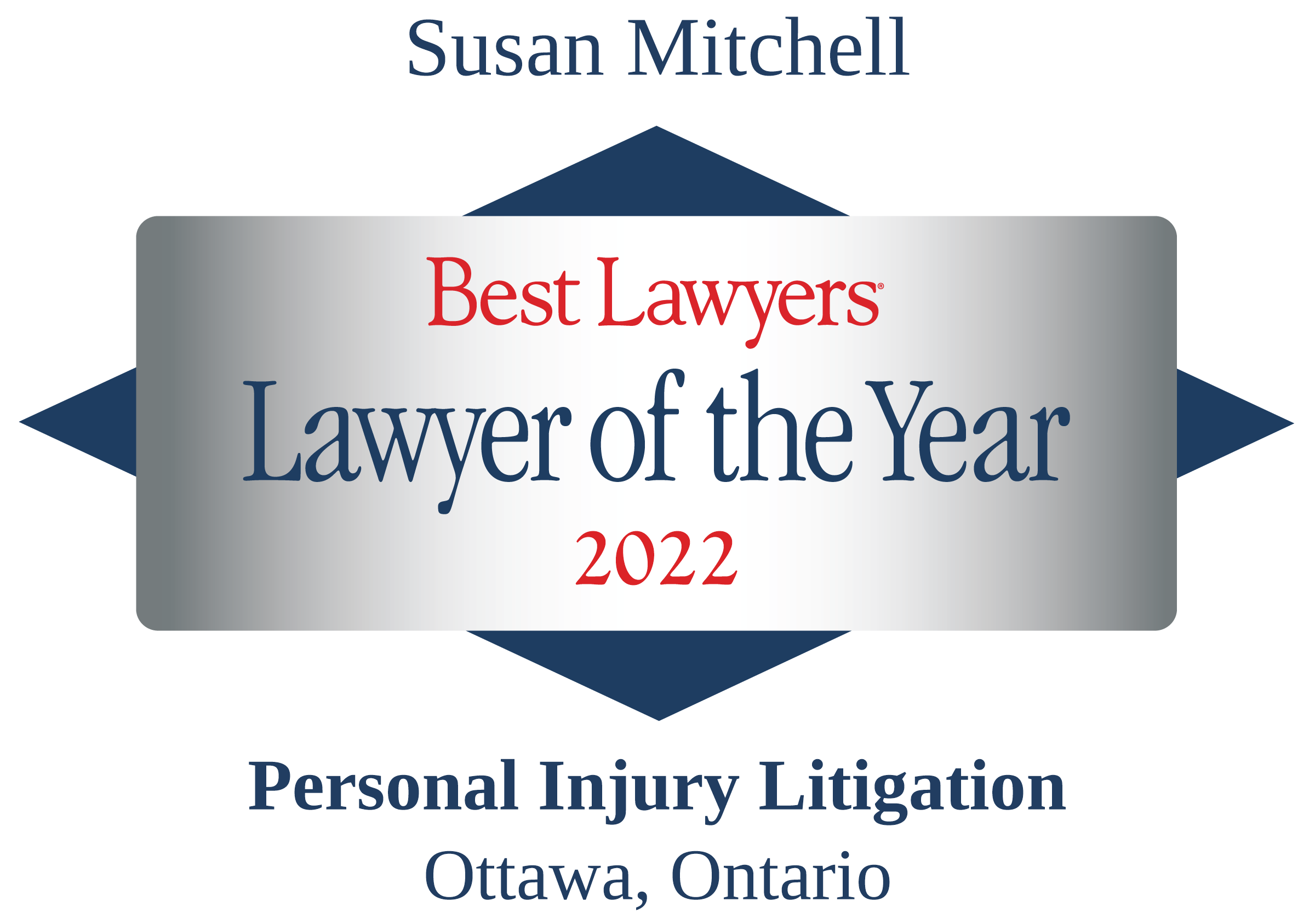In a previous blog post, we discussed the legal history surrounding the City of Nelson v. Taryn Joy Marchi case which, at the time, was awaiting a decision from the Supreme Court of Canada. At the time, we didn’t know what the Supreme Court of Canada would decide but expected its decision could have a significant impact on the rules around municipal liability for slip and fall accidents. Well, that decision is here! We have provided a brief recap of this case below before diving into the Supreme Court of Canada’s decision. This case is a great reminder of the challenges claimants face when suing a municipality and underscores the need to hire a skilled personal injury lawyer if you are unfortunate enough to be the victim of a slip and fall accident.
What Happened in City of Nelson v. Taryn Joy Marchi?
The claimant in City of Nelson v. Taryn Joy Marchi was trying to get from her parked car to the sidewalk, but a snowbank stood in her way. She slipped and injured herself while trying to get through it. The claimant sued the City of Nelson (where the accident occurred), arguing that the municipal snow crew (who had created the snowbank while clearing the streets after a heavy snowfall) should have left openings in the snowbanks so pedestrians could get to the sidewalk safely.
Can You Sue a Municipality for a Slip and Fall Accident?
In Canada, municipalities are not responsible for any injuries that arise if the policy that guided the wrongdoing was made “in good faith” (in Ontario, you can find this rule enshrined in section 450 of the Municipal Act, 2001, S.O. 2001, c. 25). So, by this logic, the court previously found that the claimant couldn’t sue the municipality because the policy guiding the snow clearing had been made in good faith and followed. To paraphrase, the term “good faith” means that something was done sincerely, without any intention to take advantage of or defraud others.
If, however, the court determined that the injuries were not protected by a policy, regular negligence principles would apply. To summarize, a case for negligence is established when the claimant can prove the following:
- the defendant owed them a duty of care (a specific legal obligation to not harm others);
- the defendant breached their standard of care they owed to the claimant;
- the defendant’s actions caused the claimant’s injury or loss;
- there was a foreseeable connection between the defendant’s actions and the plaintiff’s injury or loss; and
- the plaintiff suffered an actual harm or loss.
What Did the Supreme Court of Canada Decide?
The lower courts initially disagreed with the claimant. However, at the Supreme Court of Canada, the key question was whether the City of Nelson’s snow removal was a “core policy decision” or an “operational decision”.
The claimant argued that the policy did not result in her injury, but rather, the way the snow crew handled the snow clearing that did. The City of Nelson’s policy did not provide direction on where snow needs to be put when it is plowed, or whether city workers should create access for pedestrians trying to get around the snowbanks – therefore, she claimed, it was up to the city workers to make decisions about how and where to put the snow. These kinds of “operational” decisions are not immune from liability and a claimant can sue if such decisions caused their injuries.
The Supreme Court of Canada sided with the claimant, finding that the decision to create snowbanks while failing to clear pathways for sidewalk access fell into an “operational” decision. Therefore, the regular principles of negligence applied in the circumstances.
Applying the principles of negligence to the case at hand, the Supreme Court of Canada found that the trial judge had failed in applying the principles of negligence to the claimant’s case. Therefore, a new trial has been ordered to apply the principles of negligence to the claimant’s case.
What This Decision Means for Personal Injury Claimants
This decision is expected to have a significant impact on municipal liability – particularly where snow clearing is involved. Municipalities will likely be unable to argue that snow clearing policies protect them from liability for slip and fall accidents, opening them up to negligence claims.
It is important to note, beyond this decision, that there are specific procedural requirements for suing a municipality, including different notice requirements from other types of personal injury claims. If you have been injured due to the negligence of a municipality or other party, consult with a knowledgeable personal injury lawyer as soon as possible to ensure you are complying with the proper procedural requirements.
Tierney Stauffer LLP: Experienced Personal Injury Lawyers Serving Eastern Ontario and North Bay
Slip and fall accidents can happen anywhere, at any time of year. Slipping on ice and snow is common in the winter, but slips and trips can occur in shopping malls, grocery stores, on escalators or stairs or in people’s homes. Our experienced personal injury team at Tierney Stauffer LLP can help you determine whether someone else may be at fault for your slip and fall accident and whether you have a claim.
Our lawyers recognize that no two injury claims are the same, which is why we give each claim the personalized attention needed to protect your rights and bring about the best possible outcome. Call us at 1-888-799-8057 or contact us online to set up a free consultation with one of our skilled personal injury lawyers.


